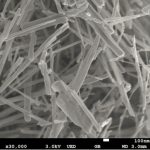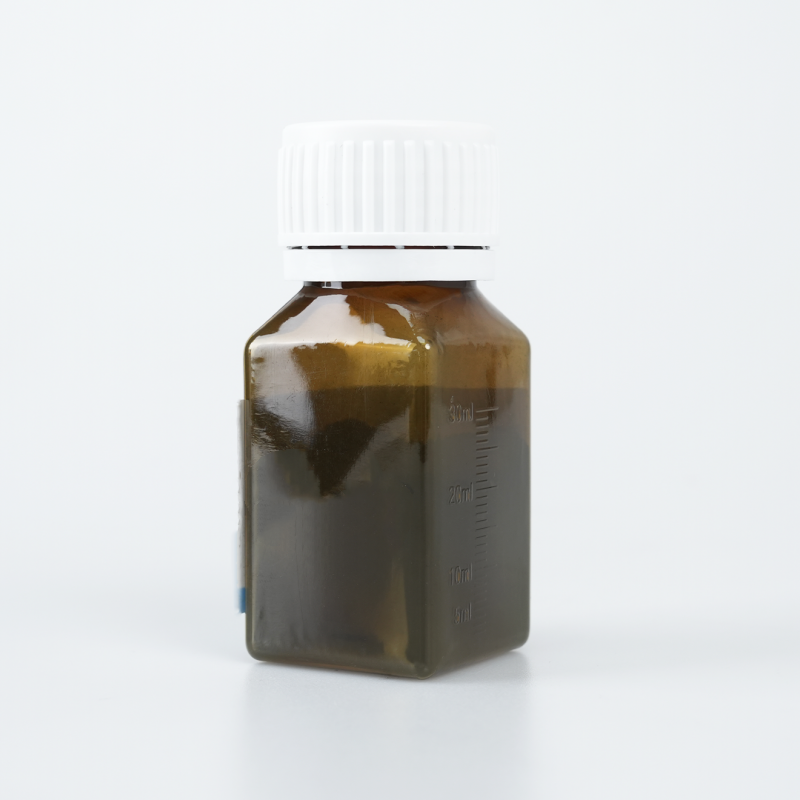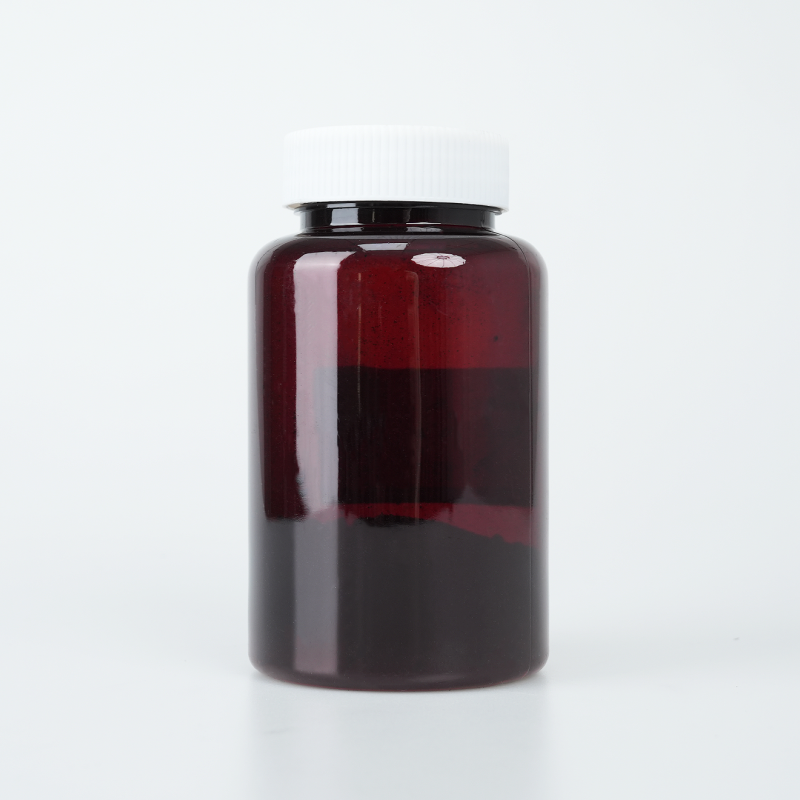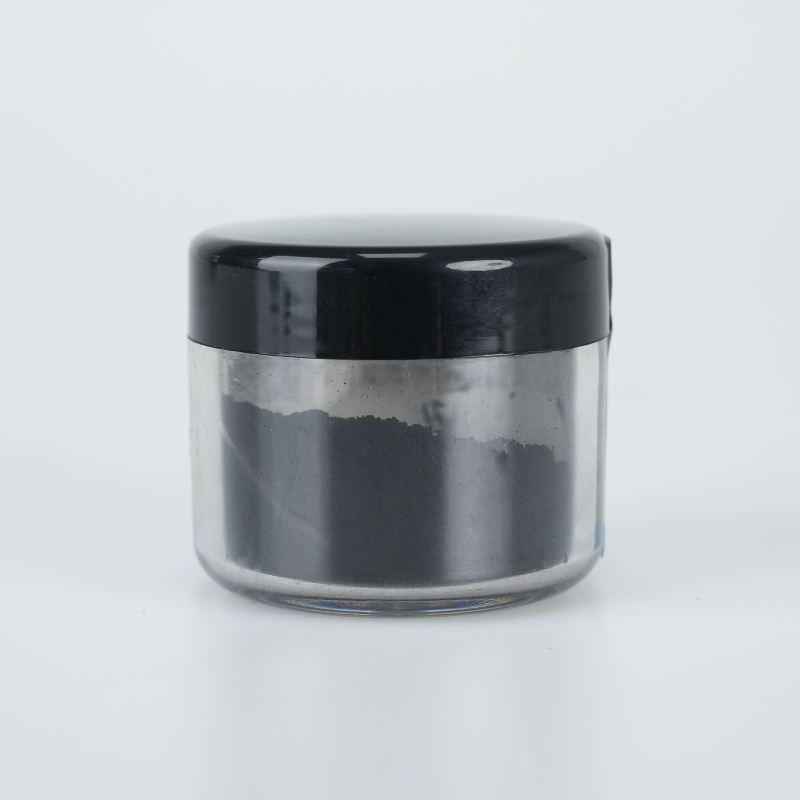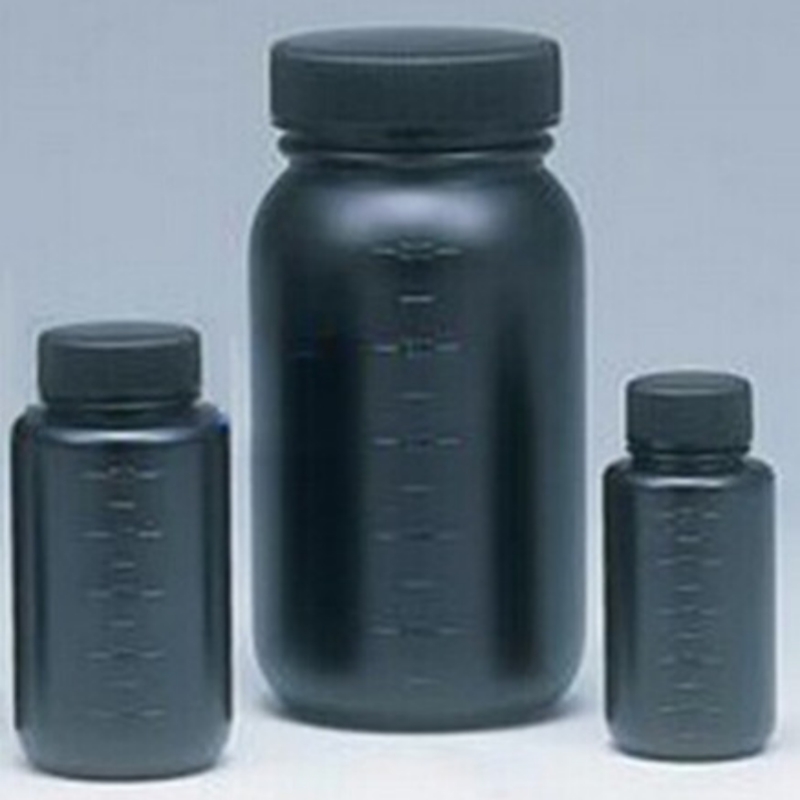Titanium Oxide-B nanofibers provide optimized photocatalytic activity, superior charge transport efficiency, and enhanced structural stability. Designed for catalysis, energy storage, and environmental applications, they ensure reliable performance, extended durability, and high adaptability.
Product Overview
Titanium Oxide-B (TiO₂-B) nanofibers are a type of titanium dioxide with a unique crystal structure, belonging to the monoclinic crystal system. These nanofibers have an open structure and excellent ion transport properties. Compared to conventional anatase and rutile phases, TiO₂-B exhibits higher theoretical capacity and photocatalytic activity. This material is typically synthesized through hydrothermal reactions combined with calcination. Its fibrous morphology offers a larger specific surface area, which enhances light absorption and catalytic efficiency while facilitating dispersion and recovery in reaction systems.
Key Features
- High Photocatalytic Efficiency:TiO₂-B nanofibers absorb light and trigger redox reactions under light, demonstrating excellent photocatalytic activity, making them suitable for organic degradation and sterilization applications.
- Narrow Band Gap:This material has a narrower band gap, allowing it to absorb light across a wider range of wavelengths, thus improving photocatalytic efficiency.
- Good Stability:TiO₂-B nanofibers exhibit excellent chemical and thermal stability, maintaining their structure and performance in various environments.
Applications
- Lithium-Ion Batteries:As an anode material, TiO₂-B nanofibers significantly improve battery specific capacity and cycling stability. Their unique crystal structure provides more active sites for lithium ions, enhancing ion transport efficiency.
- Photocatalysis:In photocatalytic applications, TiO₂-B nanofibers’ open structure significantly enhances catalytic performance, making them ideal for water treatment and organic pollutant degradation in environmental applications.
- Other Applications:These nanofibers also show great potential in supercapacitors, sensors, and other fields.
| Parameter | Value |
| Purity | 99% |
| Width | 20-200 nm |
| Length | 5-20 μm |
| Surface Area | 30-50 m²/g |
| Shape | White powder |
 new material
new material


